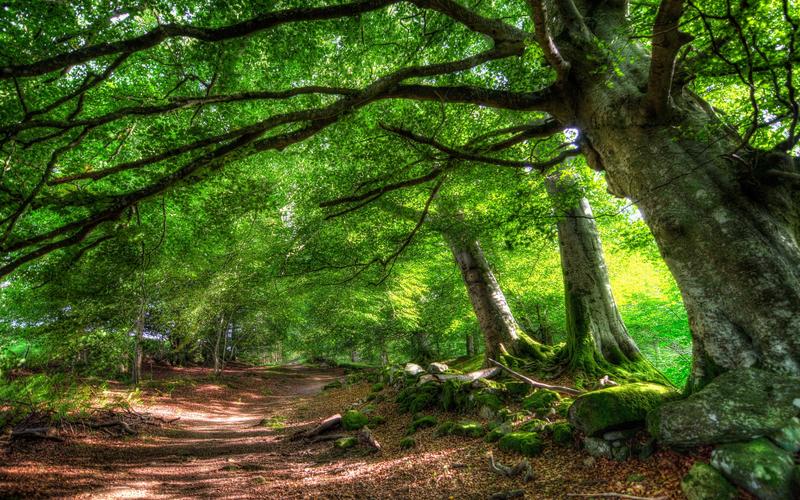From Corsets to Crop Tops: Fashion History Timeline through the Ages
Fashion has always been an integral aspect of human culture. It reflects the social, cultural, and economic factors of a particular time period. Over the years, fashion trends have evolved significantly, from the tightly-laced corsets of the Victorian era to the crop tops of the modern-day. In this article, we will take a trip down memory lane and explore the timeline of fashion history through the ages.
Ancient Times (3000 BC – 400 AD)
Fashion trends in ancient times were influenced by the climate and social conditions of the region. In Egypt, people wore light linen garments due to the hot weather. In Greece, the iconic drape-like clothing was popular, which later influenced the toga worn by the Romans. The Romans also introduced the concept of wearing footwear, and clothing was used to convey social status.
Middle Ages (400 AD – 1450 AD)
The Middle Ages marked the beginning of the European fashion scene, with clothing now being a form of expression. The period saw a significant divide between the high and low classes, with sumptuary laws dictating who could wear what. The Church also had a profound impact on fashion, with puritanical dress codes forbidding extravagant clothing.
Renaissance (1450 AD – 1600 AD)
The Renaissance was a time of artistic and cultural rebirth, and fashion was no exception. This period saw the birth of tailored clothing, with attention paid to the fit and cut of the garments. Men’s clothing featured tight-fitted jackets and breeches, whereas women’s clothing was characterized by full skirts and ornate ruffs.
Baroque (1600 AD – 1750 AD)
The Baroque period was marked by opulence and extravagance, with clothing being used to display wealth and social status. Clothing was lavish and ornate, with the use of rich fabrics such as brocade, lace, and velvet. Women wore corsets to achieve a desired silhouette, and the era saw the introduction of high-heeled shoes.
Victorian Era (1837 AD – 1901 AD)
The Victorian era was characterized by strict societal norms and modesty in dress. Women wore corsets to achieve an hourglass shape and long, flowing dresses with high collars. Men’s clothing featured suits with top hats and walking sticks, while the Industrial Revolution saw the introduction of mass-produced clothing.
20th and 21st Century
The 20th century saw significant changes in fashion, with the rise of haute couture and the introduction of ready-to-wear clothing. The 1920s saw the emergence of flapper dresses and shorter hemlines, and the 1960s saw the popularization of the mini skirt. The 1980s saw a focus on power dressing, with bold shoulder pads and bright colors.
The 21st century has seen a rise in sustainable and ethical fashion, with consumers being more conscious about their buying choices. Crop tops, high-waisted jeans, and athleisure wear are some popular trends of the modern-day.
In conclusion, fashion is a dynamic and ever-evolving industry that reflects the cultural, social, and economic aspects of a particular time period. From the tightly-laced corsets of the Victorian era to the crop tops of today, fashion has come a long way. It’s fascinating to take a trip down history and see the evolution of fashion trends through the ages.
(Note: Do you have knowledge or insights to share? Unlock new opportunities and expand your reach by joining our authors team. Click Registration to join us and share your expertise with our readers.)
